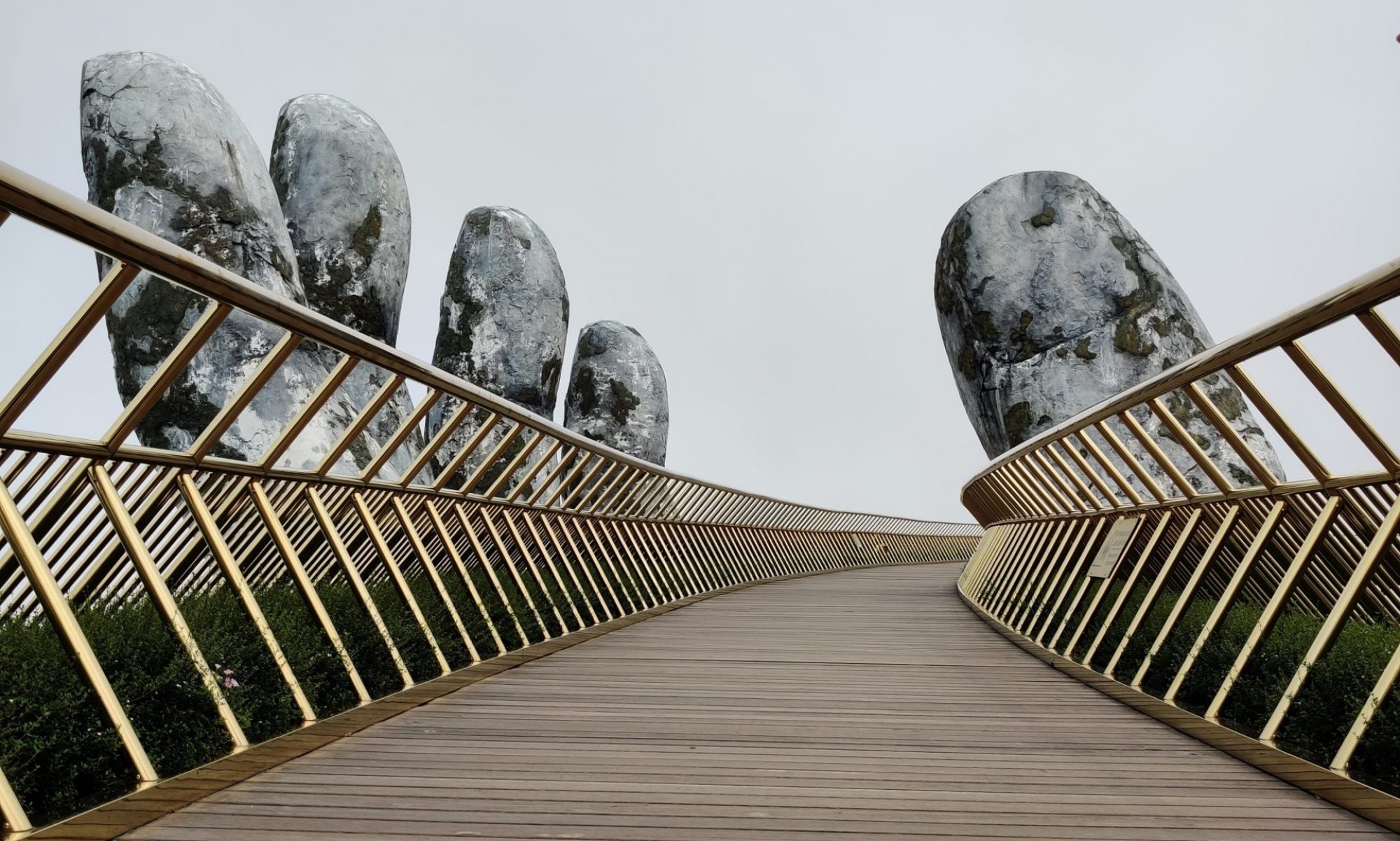
Matthew has told us of Jesus’ genealogy, of His birth, of John the Baptist, of Jesus’ baptism and temptation, and of the message Jesus began preaching. Now Matthew starts the story of exactly how Jesus called His disciples. It begins, “As Jesus was walking beside the Sea of Galilee…”
From this we recognize that Jesus chose to begin His ministry at the seashore. Today, most of us would walk by the seaside because it’s contemplative and serene – typically a nice place to go for a walk. In Jesus’ day the seashore was not perceived as that. It was a workplace and a marketplace. Many in the community made their living as fishermen, either in their own boats or working for someone who had a boat. Going to the shore was not unlike going to the shipping docks and factories of today.
Some only caught what they needed for themselves that day, but if you caught more than you could use, you sold it as soon as you got to the shore. If find that hard to believe, we must remember that refrigeration is a recent invention. The shoreline was a farmer’s market. What do you find at a farmer’s market? People selling the food they just harvested. Harvest the land, or harvest the ocean, it is the same principle at work. Hard work was being done, and the work of business was being done. The seashore in Jesus’ day was a workplace where you could consistently find people. People who had jobs, people who had means, people who had motivation. People who were busy and had obligations and schedules.
What a bizarre place to start calling disciples!
To be fair, He didn’t have to start there. He could’ve gone to the library, where He’d find people who had a degree of education and time to study. He could’ve gone to the government, where He’d find people who had civic influence. He could’ve gone to the Synagogue, where He’d find people who had religious passion. But He didn’t. He goes to the seashore, where He knew He’d find regular working folks. Folks not unlike the people that most of us rub shoulders with every single day. This is the ‘field’ that Jesus begins work in.
There is a certain degree of irony in recognizing that. Before the fall, Adam was placed in the garden of God and instructed to work it and take care of it (Gen 2:15). Now, Jesus goes to His garden – the land of Israel – the land God has chosen for His people. He begins to work the garden. Not to produce physical fruitfulness, but to produce spiritual fruitfulness. Not among the exalted and the learned, but among the ‘salt of the sea’ – the common and ordinary working folk.
This is truth – mankind works the land and the sea (which are given to us), but God works mankind! One imagines that just as a gardener looks at a patch of ready ground and takes pleasure in the smell of the turned soil, so Jesus looked at the busy shoreline and took pleasure in the sights and sounds of busy people. Where we might have seen a crowd of uninterested and otherwise obligated individuals, Jesus saw a garden full of souls.
And some of those souls were ripe for harvest.
I don’t have to pray for the harvest; it’s there. But the harvesters are few, so they get my prayers.
Calvin Ratz
APPLICATION: Intentionality
How do you view your workplace? How do you think God sees it?

